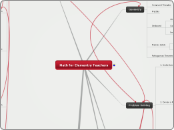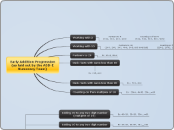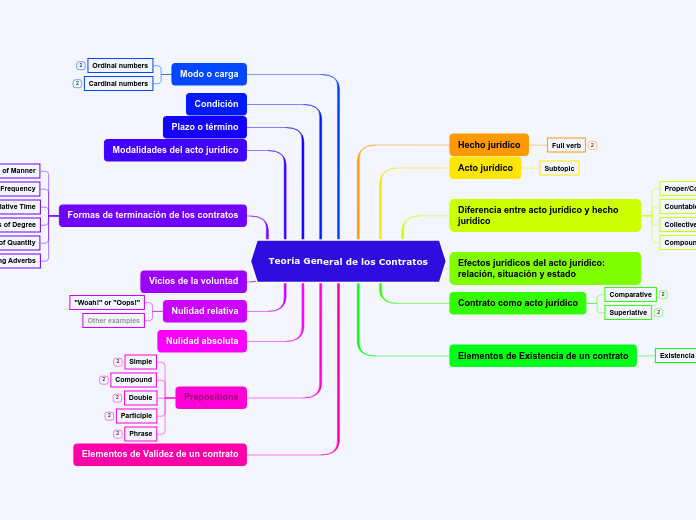Math for Elementry Teachers
Data Analysis and Probability
Coin Tossing
Box Plot
Box Model
Stick or Switch with Decsions
Scatterplot
Loan Calculator
Saving Calculator
Histogram
Spinners
Pie Chart
Algebra
Peg Puzzle
Function Machine
Cuisenaire Rods
Factoring/Multiples
Least Common Multiple
Greatest Common Factor
Balance Scales
Negative
Positive
Space Blocks
3D
Grapher
Triominoes
Manipulate the puzzle pieces to find multiple solutions
Polyominoes
Pentominoes
Algebra Tiles
Numbers and Operations
percent
terminating decimal
decimal fraction
perr 100
Decimals
division with deciamls
multiply by 1 "whole number as divisor"
1342.3176
one thousand threehundred forty-two and three thousand one hundred seventy six ten-thousandths
as division leads to decimals
any number that can be written in the form a/b where a,b E integers
Integers
Modular Arithmetic
inverse property
indentity property
communtative property
closure porperty
Divisibility
a is divisble by b
b is a divisor of a
a is a multiple of b
b is a factor of a
Sets
Complement of a Set
Universal Set
contains all elements being considered in a given discussion
Empty Set
Contains no elements, cardinal number 0
Equivalent Sets
exsist in a one-to-one correspondence between the sets
Subset
All elements that are in A are in B
Proper Subset
for all sets A & B, B ps of A written B C A all elemnts that are in B are in A and there is atleast on elemnt of A that is not in B
Money
Factor Tree
Multiplication
Lattice
Partial Product
Properties
Closure
Distributive
Zero
Identity
Associative
Communitive
Cartesian Product Context
characterized by finding all possible paring between two or more sets of objects
Area Model
characterized by a product of two numbers representing the sides od a rectanglar region such that the product represents the number of unit sized squares with in the rectangular region
Continuous
characterized by repeatedly adding a quanity of continuous quantities a specified number of times
Discrete
Repeated Addition
Geometric Sequence with each successive term from the second on obtained from the previous term by the multiplication of a fixed non zero number, the ratio
Venn Diagrams
Division
Array Division
Column Division
Partial-Quotients Method
Scaffolding Method
Measurement(repeated subtraction)
Know: quantitu starting with & size of each group
Find: number of groups
characterized by using a given quantity to create groups (partitions) of a specifed size (amount) and determining the number of groups (partituns) that are formed
Partitun(equal sharing model)
Know: quantity starting with & number of groups
Find: Size of each group
characterized by distributing a given quantity among a specified number of groups (partitun) and determing the size(amount) in each group or (partitun)
Color Patterns
Fractions
simplified fractions
improper frations & mixed numbers
disadvantages to improper fractions
use mult/div within problem
more oppurtunity for mistake-converting between two forms
work with larger numbers
advantages to improper fractions
process is similar to mult/div of fractions
looks like part-whole context-not distracted
no regrouping needed of the fraction
any number that can be expressed as the quotient of two integers a/b
multiple interpertations
Proportional Reasoning
unitizing
compare appropriate units
Quantities and how they change
Relative Thinking
multiplictive thinking
Rational numbers
Ratio Sense
Proportion
as a analogy: a is to b as c is to d
a:b :: c:d
a:b = c:d
a:b as c:d
two ratios are equal
ratio
a quantitative relationship showing the number of times one vaule contains or is contained within another value
comaping two quantites regardless of whether the unit are the same
if units happen to be differnt this is typically referred to as a RATE
may look like a fraction
comparing two separate things
2/3 the ratio of boys to girls
copies of a unit fraction (accompaniement to part-whole)
2/3 is two copies of the unit fraction 1/3
division
repeated subtraction
find number of groups
know size of group
partitun (long divison)
find size of partitun
know number of groups/partitun
the fraction bar eventually becomes an alternate tool for indicating division
part-whole (most common)
2/3 represents 2 parts of a whole that was divided into 3 parts
Base Blocks
Subtraction
Inverse of addition
Missing Addend
characterized by the need to determine what quanitity must be added to a specified number to reach some targeted amount
Comparison
characterized by a compaison of the relative sizes of two quantites and determing either how much larger or how much smaller one quanitity is than the other
Take-away
characterized by starting with some inital quantity and removing or taking away a specified amount
For any whole numbers a and b such that a>b, a-b is unique whole number c such that b+c+a
Addition
Table
diagonally numbers appear in bands all possible ways to add two numbers
Ways to Add
Any column first
Left-to-Right Method
Low Stress Method
Scratch Method
Lattice Method
Arithmetic Sequence with each successive term from the second on obtained from the previous term by the addition or subtraction of a fixed number, the differnce
let A & B be two disjoint finite sets. If n(A)=a and n(B)=b; then a+b=n(A U B)
Bar Chart
Ways of Recording Numbers
Numeration System
collection of properties and symbols agreed upon to represent numbers systematically
Place Value
assigns value to a digit depending on its placement in a numeral
Hindu-Arabic
usage of digits/numerals and place value
Roman
Babylonians
Mayans
Egyptian
Tally System
Measurement
Tangrams
Fill and Pour
Time
What time will it be?
Digital
Analog
Pattern Blocks
Attribute Blocks amd Trains
Problem Solving
4. Look back at the answer/ reflect
3. Implament a Plan
2. Devise a Plan
find resource to assist
work backwards
simplify/ break it down
act something out
use tools
symbols
make a table
draw a picture/model
guess and check
look for patterns
1. Understand the Problem
Geometry
Pythagorean Theorem
Platonic Solids
Slicing
Duals
Geoboard
Isometric
Coordinate
Circular
Fractals
Congruent Triangles
Transformations
Dilation
Composition
Translation
Reflection
Rotation
Tessellations









